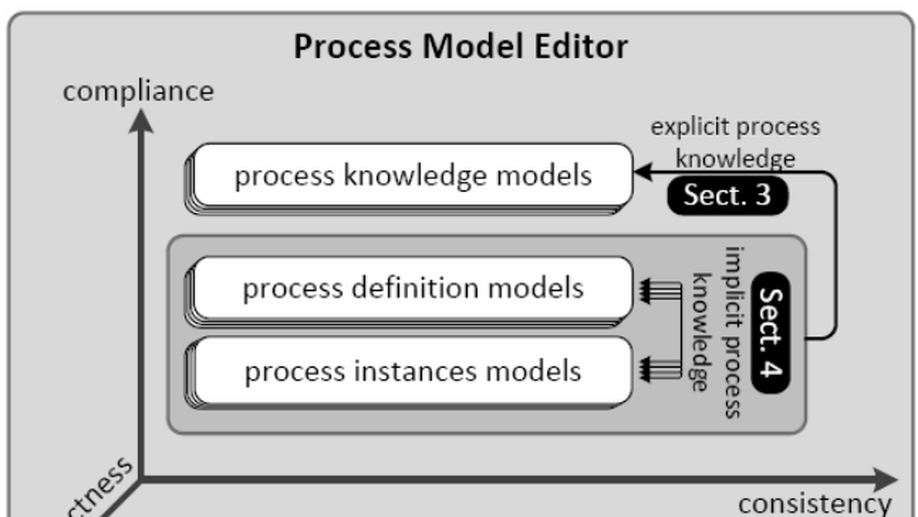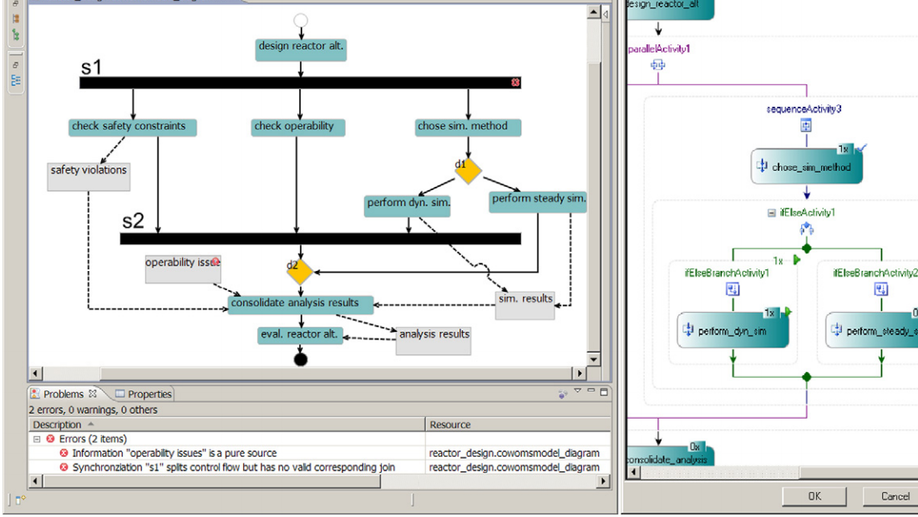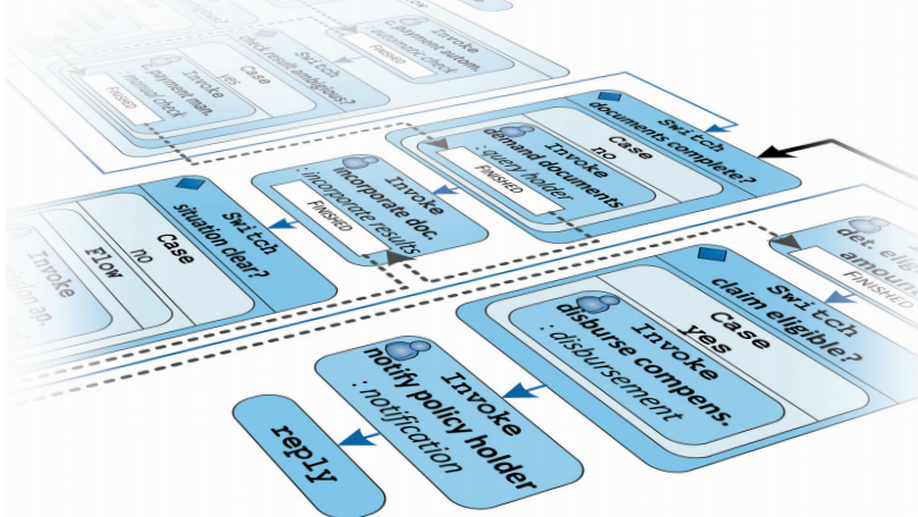In this article, we present research results about tools for supporting dynamic business processes. This research work has been conducted in a three-year cooperation between our department and an IT service provider for insurance companies. Our partner’s process management system (PMS) is rather aligned with static processes, whose structure is not changed at process run time. Therefore, we contribute an approach for obtaining dynamic process execution support based on this static PMS by automatically augmenting existent WS-BPEL process definitions and run time data. Dynamically changeable processes are presented to process participants as graphical models by a process model editor. This editor aids process participants with performing dynamic changes inasmuch as it is aware of explicit and implicit technical and professional process knowledge and detects violations against this knowledge in dynamically changed process instance models. We delineate how explicit process knowledge can be graphically modelled and exploited in automatic checks using OCL-constrained and integrated meta-models. Checks versus explicit knowledge are complemented by checks versus implicit knowledge which is contained in other process definition and process instance models. These checks include process similarity computations based on graph grammar formalisms and tools.


